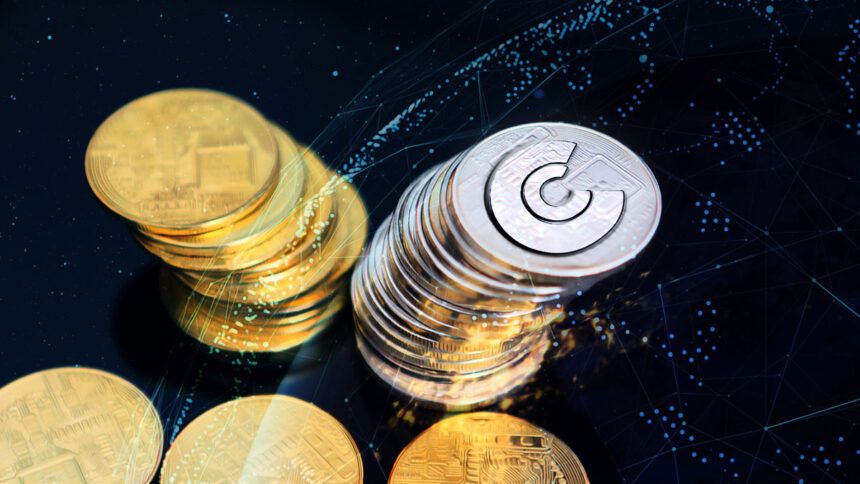On April 2, known as “Liberation Day,” President Donald Trump is set to unveil new tariffs aimed at Japan, China, Canada, and the European Union, marking a significant escalation in U.S. trade policy. Rather than isolating these nations, Trump’s aggressive measures appear to be fostering closer ties among them. In response to the tariffs, China, Japan, and South Korea convened to bolster their regional trading relationships, indicating that U.S. efforts to create commercial isolation may inadvertently strengthen alliances. As market anxiety escalates, cryptocurrencies are forecasted to experience continued pressure in the near term.
Is the Fed Prepared for Economic Challenges?
The Federal Reserve is anticipated to consider a 2.5 basis point interest rate cut this year, although it remains uncertain. Weak economic indicators coupled with declining consumer confidence are raising concerns of a recession in the second quarter, with the new tariffs potentially intensifying inflationary pressures.
How Is the Crypto Market Coping with Turbulence?
The cryptocurrency market is feeling the impact of macroeconomic instability and uncertainty from U.S. trade policies. Leading cryptocurrency Bitcoin (BTC) has struggled to gain momentum, while Ethereum (ETH) attempts to sustain its vital support level of $1,800.
In addition, many alternative cryptocurrencies have witnessed staggering losses, with some down 90% since the year’s start. Recent data reveals that the majority of altcoins have plummeted by over 30% within the last week. Recovery in cryptocurrency prices seems unlikely without a substantial event that could initiate an upward trend and improve the overall economic landscape.
- New tariffs introduced by Trump may strengthen international alliances.
- The Fed is likely to maintain a cautious stance in light of recession fears.
- Cryptocurrencies face ongoing challenges due to market uncertainty.
- Many altcoins are experiencing significant value depreciation.
Market experts caution that while minor short-term gains may occur, avoiding high-risk investments is prudent until there are signs of broader market recovery.












